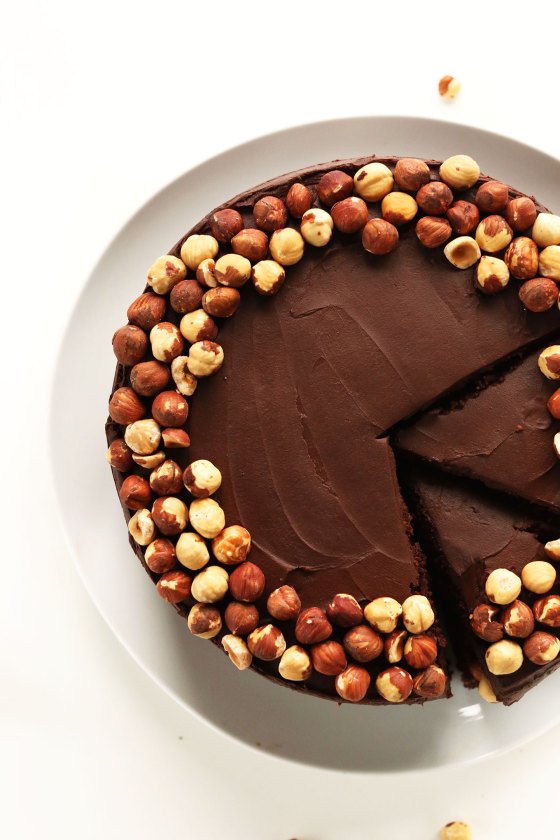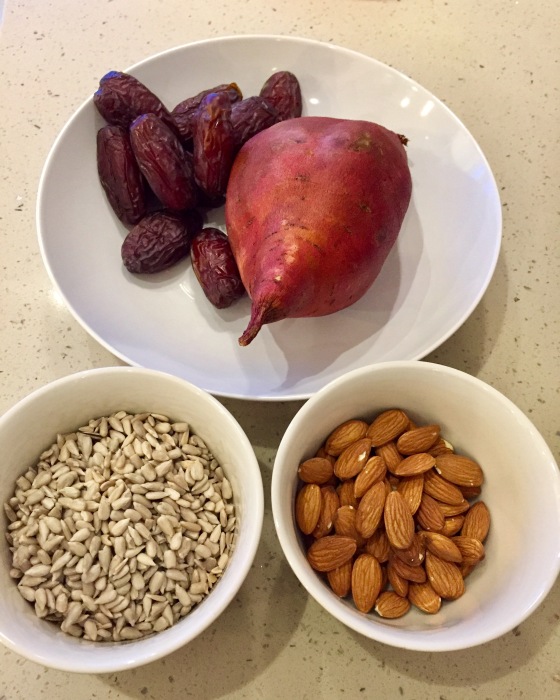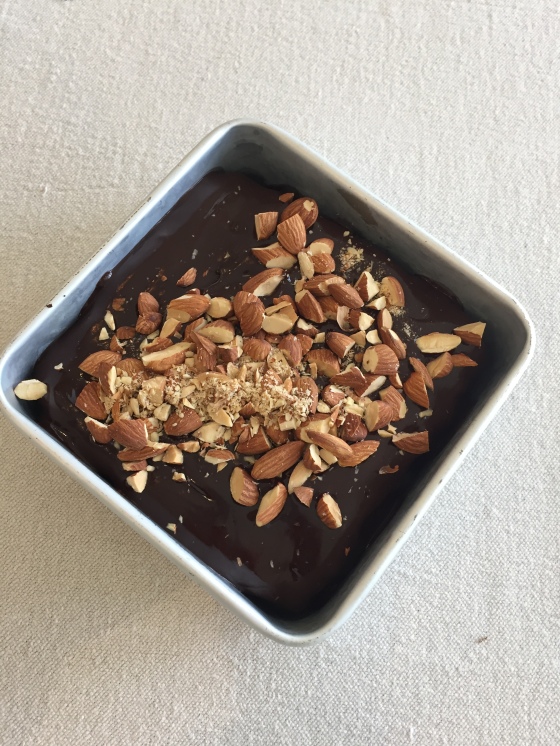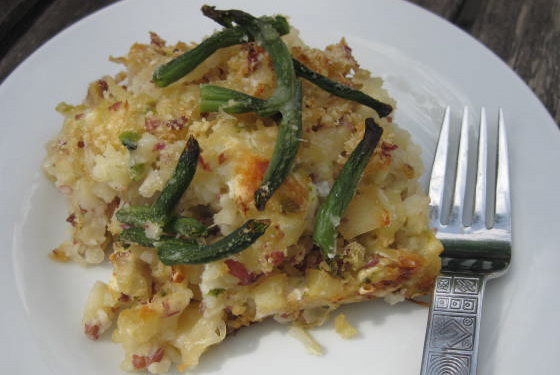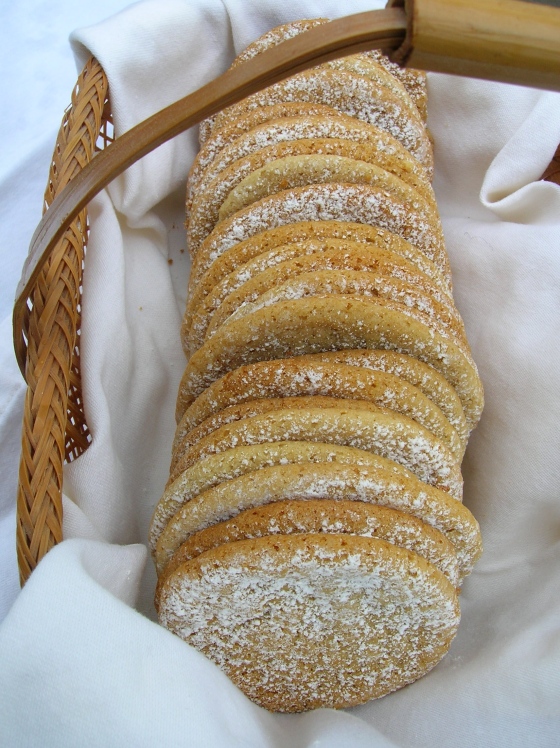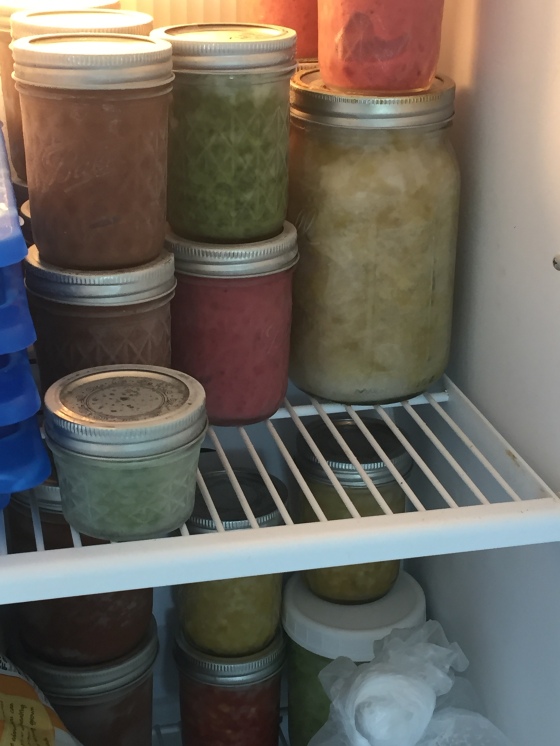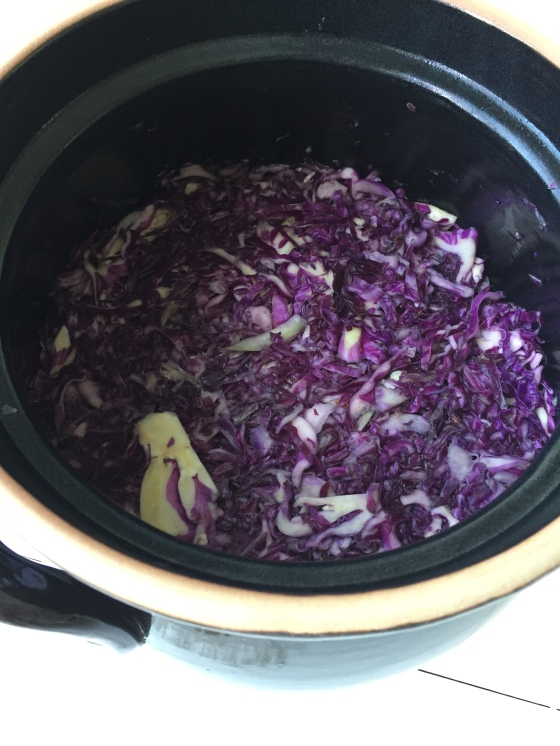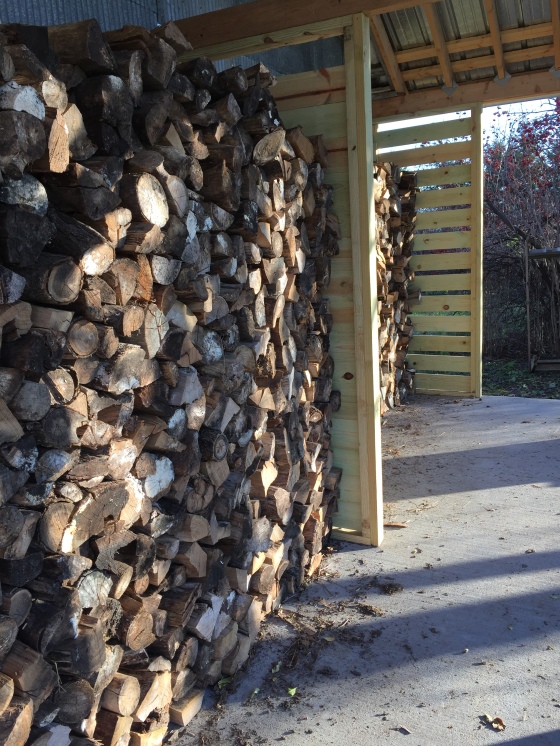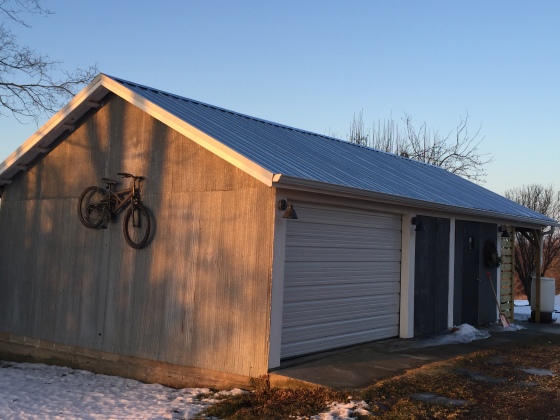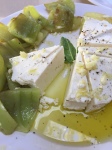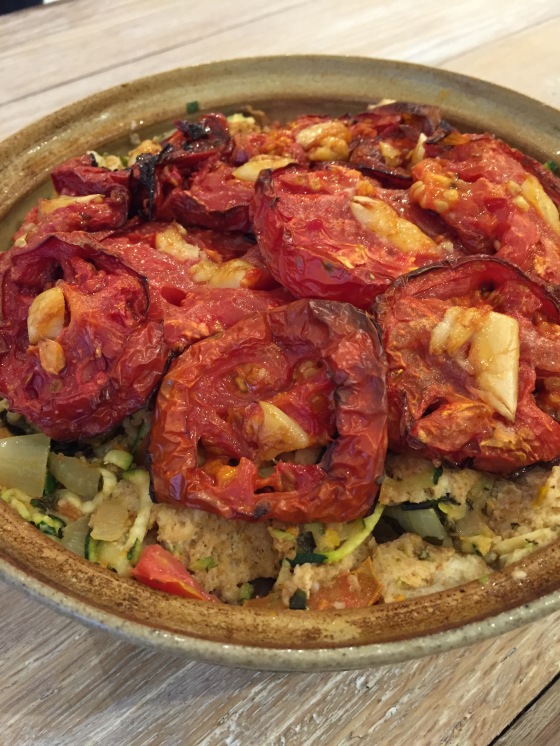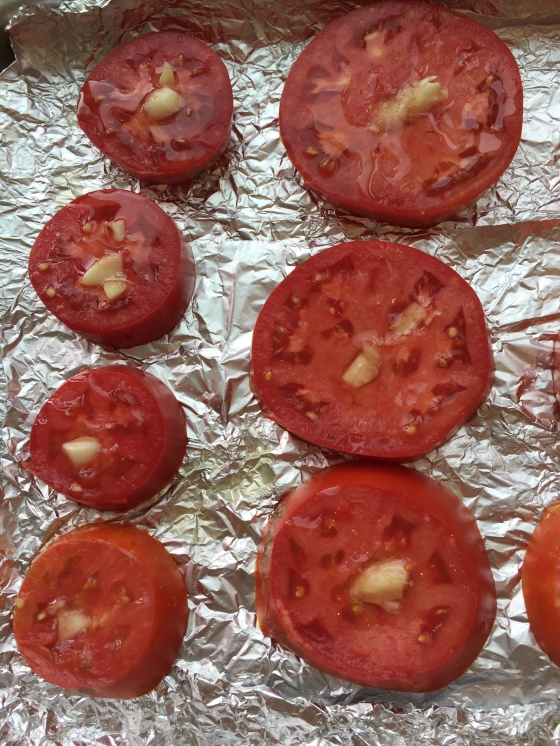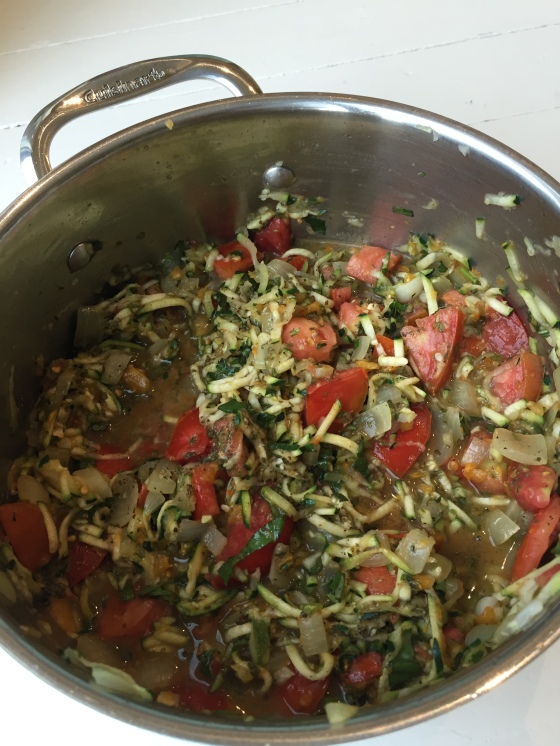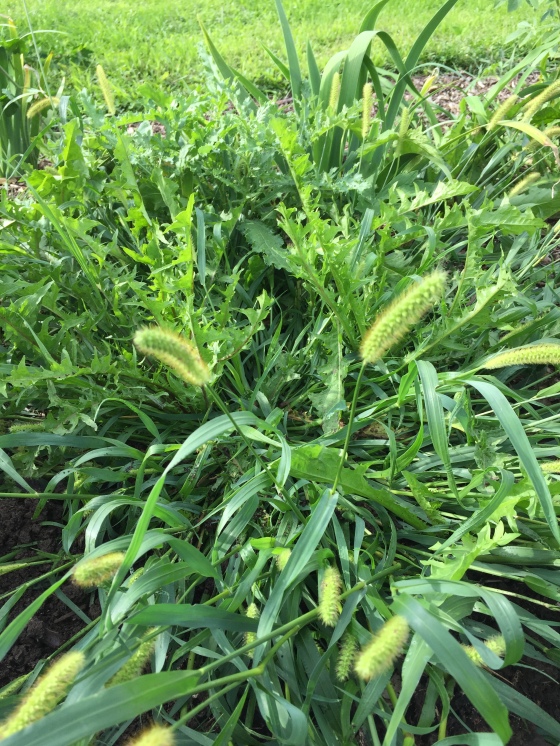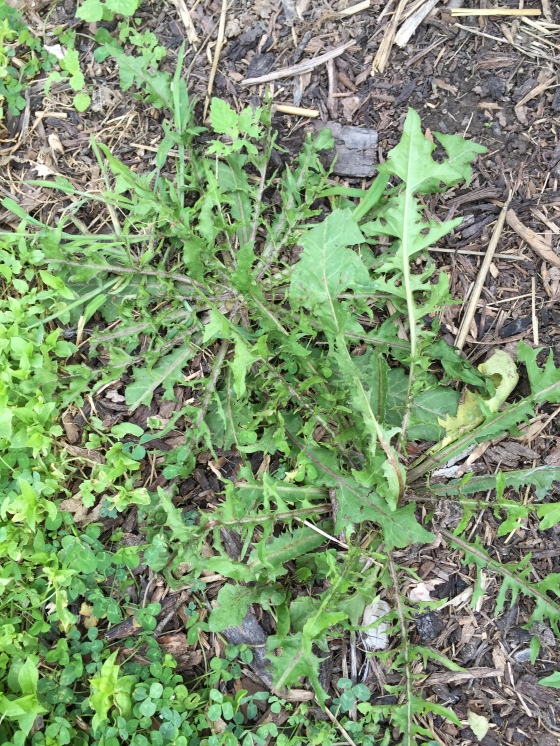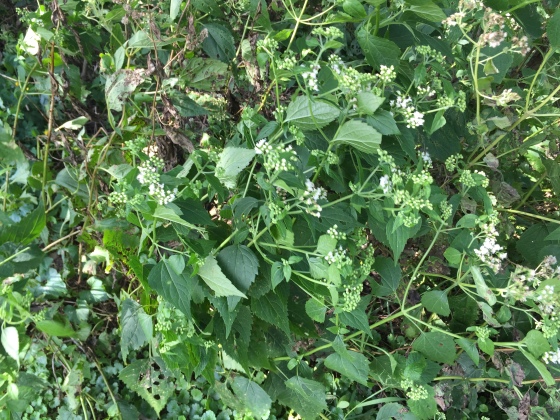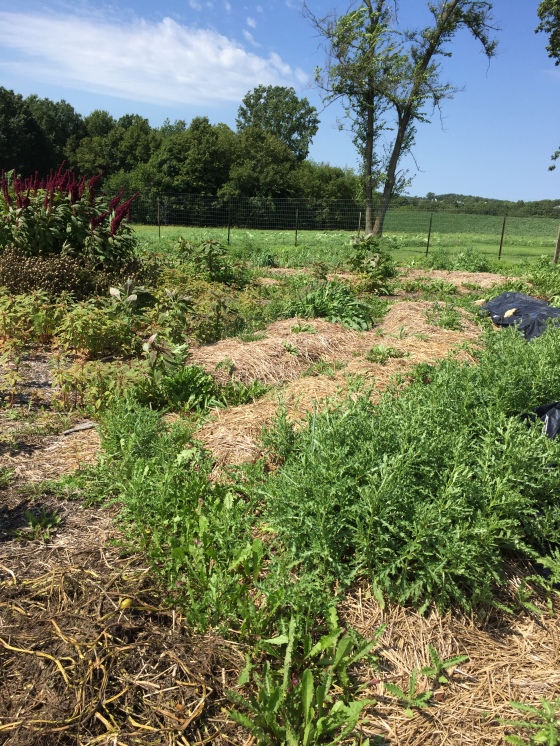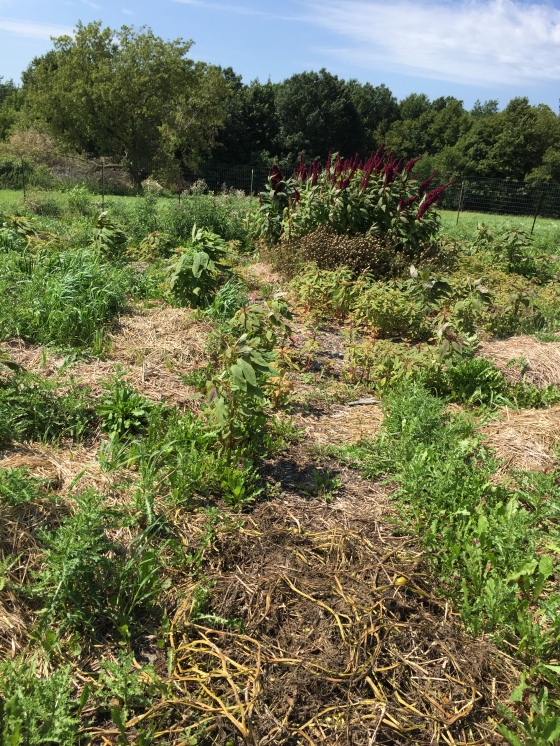
In Thailand the lotus flower symbolizes purity of body and mind. When the flower buds and blooms, it rises above the muddy waters clean and beautiful. The lotus is a metaphor for clean, healthy and happy living.
Detoxing in Thailand
I am SO HAPPY to be in Thailand after months of eating bread, wine and cheese! Don’t get me wrong, those things are wonderful, but when you eat them en masse over a long period of time, a grumpy brain starts to take over. If winter or the holidays are making you feel overweight, sluggish or depressed, Thailand is a wonderful recovery destination with its plethora of fresh fruits, vegetables and ENORMOUSLY flavorful low-calorie cuisine. It’s the place where healthy fresh food, full of nutrients and flavor, will pull you out of your slump and get you re-centered after a crush of calorie-rich holiday foods and winter stressors.
Many of the foods we enjoy over the holidays are great at causing inflammation – bread, cheese, alcohol and sweets – all cause the body’s immune system to go into overtime and cause damage to itself. The good news, a diet rich in fruits and vegetables, can actually slow down this bad type of inflammation making you feel more energetic and healthy. Sounds good, doesn’t it?
 Vegetarian Papaya Salad with Carrots, Long Beans and Cabbage Served with Tamarind Lime Dressing and Roasted Peanuts
Vegetarian Papaya Salad with Carrots, Long Beans and Cabbage Served with Tamarind Lime Dressing and Roasted Peanuts
But, it’s not always easy to eat a nutrient-rich diet at home. In our own routines, it is SO hard to find the will-power to say NO to the office bagels or donuts, to say NO to the Friday night pizza or say NO to wine and cheese with a friend. Sometimes we just need to remove ourselves from our routines for a while and land in a place where healthy eating is the norm.
I’ve been traveling extensively as of late and just came out of a 90-day tour through Europe feeling physically bloated and mentally depressed. Coming from the firm belief that food should be our medicine, I entered Thailand determined to heal. After all, Thai food is notoriously full of fresh vegetables, fruits and detoxifying herbs and aromatics, whereas European food often accompanies cheese, bread, beer and wine. Thailand seems a good place to travel to get the body back in shape.
What is DETOX? I like to think of detox as cleansing the body. It’s the idea that we may be able to flush out harmful invaders in the form of free radicals – agents that might promote cancer cells to grow, or in the least wreak havoc through inflammation. Detox means bombarding our body with vitamins, antioxidants, and phytonutrients while flushing out toxins that are causing inflammation. By eating a variety of nutritionally dense foods, we help to heal our bodies from the inside out. The cuisine of Thailand definitely qualifies as nutrient dense!
To help get myself back on track in Thailand with healthy eating, I followed these steps:
- Remind yourself, it feels good to eat well. I remembered how satisfying it feels to eat fresh fruit and veggie juices, salads and smoothies. Refusing bread, pasta and dairy in Thailand doesn’t mean missing out on anything. In fact, it will be hard to even find these things here – except for noodles which are most often made from rice and not inflammatory. The fresh dishes are so satisfying, I wonder why even bother with baguets!
- Cut out a few calories a day. I made a pact to cut back on calories just a bit. It’s no fun to diet while traveling, but cutting out a few hundred calories a day is easy here. Since Thailand is quite warm, I feel full faster, so eating smaller portion sizes is easier. Because it’s hot, I also drink lots of water which gives me a feeling of fullness. Plus, easy access to fruit and healthy snacks allows me to accomplish that whole, “Six Small Meals a Day” deal that is so tricky back at home. By enjoying food a little here and a little snack there, I’m not be so hungry as to overeat. All of this helps me feel satisfied with one large meal a day.
- Get moving. In Thailand I got moving. My trip through Europe was a bit too sedentary, but here I have space for Yoga and Pilates and can walk the beach enjoying the sun as it sets to the west. Physical constraints of travel can make exercise difficult, so it’s nice that here I have some built-in space.
- Practice healthy habits. Thailand is the “Land of Smiles,” – a country of kind happy people who know how to make travelers comfortable. The tenets of Buddhism imply that following a path of practice towards mental insight – yoga, meditation, reflection or simply rest – will help end any suffering caused by stress. The practice of healthy eating also helps to diminish discomfort caused stress. I love this idea and remember each day that I am “practicing” all the steps needed for health and wellness.

Use FRUIT to get started.
Fruit is a great way to start a detox, and in Thailand there is a wide variety. Have you ever seen a dragon fruit? These pink spiny looking things hold a white seedy flesh that is sweet and somewhat reminiscent of kiwi. I love that they come with their own bowls – just cut one in half and spoon out the flesh! Dragon fruit are so delicious and chock full of vitamins C and B as well as healthy seeds with the fatty acids we want – think chia! They have calcium and the seeds contain a mild laxative – surely to help with detox!
Another fruit I enjoy here is papaya. It’s another detox powerhouse with HUGE levels of vitamin C and A, and its ability to help with digestion. Between digestion-aiding enzymes and fibre, papaya is a potent force in the gut helping to process food and flush out the old. Although sweet, papaya is low on the glycemic index making it a good choice for weight loss as well.
And how about that pineapple? Well, pineapple helps digest proteins in the gut. Protein, especially the kind from cheap meats like hamburger or processed meat are tough to break down, so cause inflammation or other problems like gout. But, pineapple has another of those digestive enzymes called bromelain, that the body loves. Pineapple also helps prevent blood clots, works against cancer cells and can help make a person look younger. That’s an idea I LOVE!
On top of all the nutritional benefits of these fruits, they also work to reduce stress and increase energy. Double win for me!

The most striking thing about Thai cuisine is the depth of flavors. In this Tom Yam (soup), hot and sour mix with the pungent healing properties of ginger, lemongrass, galangal, lime, chile and kaffir lime leaves. This light low-calorie soup packs in EXTREME flavor of aromatics full of anti-inflammatory goodness that help fight against cancer, lower cholesterol levels, balance blood pressure, detoxify the liver, maintain healthy blood sugar levels, support respiratory health, help with digestion…just to name a few.
Of course, there are a few treats in Thailand that can’t be missed – coconut curries, fried eggrolls and sweet and sour dishes – they are higher in calories but equally as delicious when shared with a friend. Fortunately, for someone trying not to overdo it, a beautiful thing about Thai cuisine is that plates are meant to be shared, so tasting a decadent dish doesn’t leave me feeling the negative effects of inflammation.
Thai people seem to have it going on in terms of healthy eating, and I am happy to be here to learn a little about it! In one week, my grumpy brain has completely turned off, I feel more energetic despite the heat and look forward to eating more DRAGON FRUIT tomorrow!

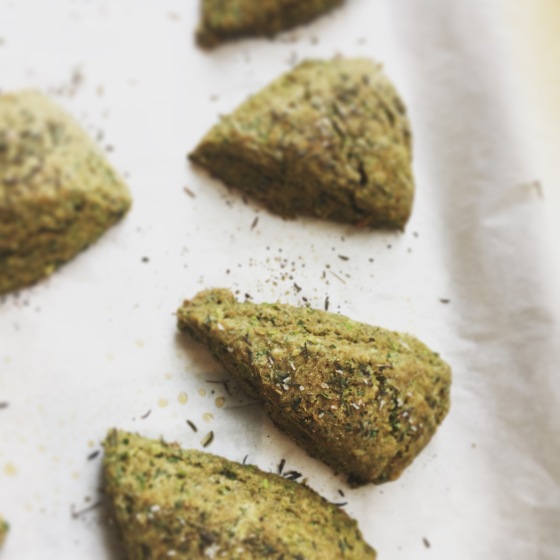



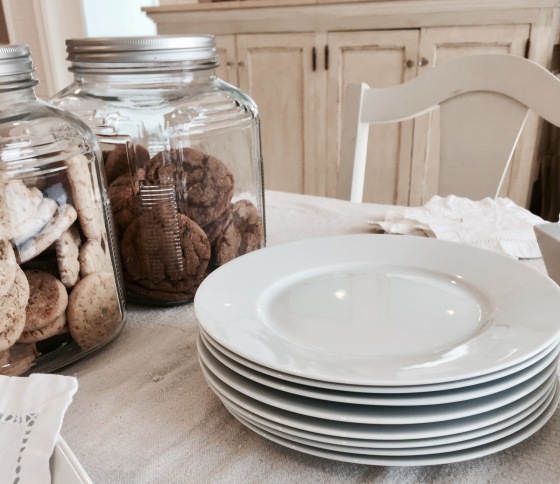
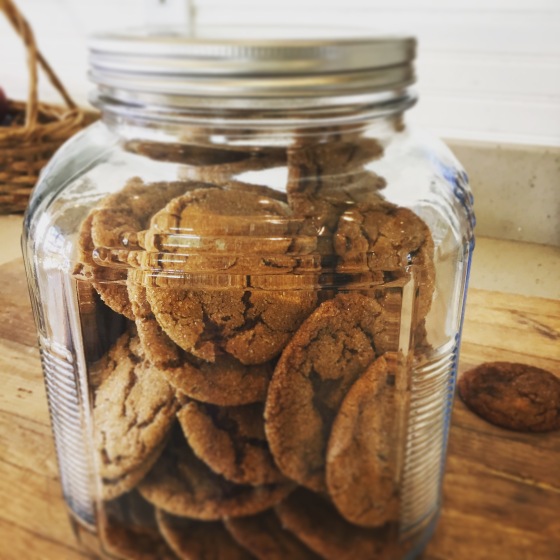


 I’m not usually one to make cakes, cookies or sweet breads, but if they are made with chocolate and sweet potatoes, I am easily convinced! Dinner with vegan friends on Saturday night and a promise to bring dessert has thrown my sweet tooth into a crazy chocolate frenzy! Perhaps more than the idea of baking something with both sweet potatoes and chocolate was the challenge to create something with whatever I have in the pantry at the moment. I do get a kick out of being able to make something out of nothing especially when I am cooking from the farmhouse and the nearest grocery is twenty minutes away.
I’m not usually one to make cakes, cookies or sweet breads, but if they are made with chocolate and sweet potatoes, I am easily convinced! Dinner with vegan friends on Saturday night and a promise to bring dessert has thrown my sweet tooth into a crazy chocolate frenzy! Perhaps more than the idea of baking something with both sweet potatoes and chocolate was the challenge to create something with whatever I have in the pantry at the moment. I do get a kick out of being able to make something out of nothing especially when I am cooking from the farmhouse and the nearest grocery is twenty minutes away.